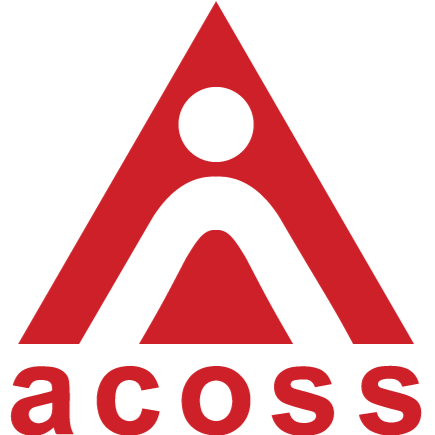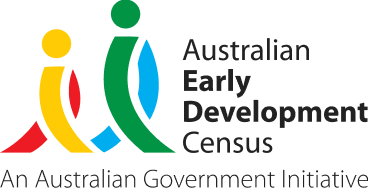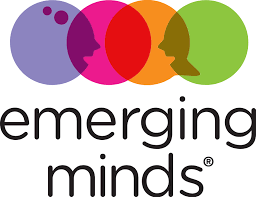At The Lorraine Foundation, every program we
deliver is grounded in evidence - not assumption.
Our Research page exists to show the why behind our work. Here you’ll find statistics,
reports, and whitepapers that shape our approach and affirm a simple truth:
Creativity and connection are not extras - they are essential to recovery.
Imagination as Relief
A Comprehensive Case for Reading
and Art in Childhood Trauma Recovery
This whitepaper presents the scientific and social rationale for embedding reading and art into early intervention and trauma recovery efforts for children in need.
It draws on neuroscience, education research, and global program outcomes to show how creative literacy builds emotional regulation, strengthens identity, and fosters resilience in children experiencing hardship.
It also introduces our Imagine Packs — portable, scalable, trauma-informed resources co-designed to bring relief, joy, and healing to children who need it most.
Review the whitepaper below and explore how stories, art, and imagination can change lives.
1 in 6 Australian children lives in poverty.
Australian Council of Social Service (ACOSS), Poverty in Australia 2023Exposure to trauma changes brain development, affecting memory, regulation, and learning.
Harvard University, Center on the Developing Child: Toxic StressArts-rich children from disadvantaged backgrounds outperform peers in school and social development.
UNESCO, Futures of Education Report; UK Dept. of Education longitudinal studiesArts participation improves mental wellbeing and reduces distress — especially post-trauma.
World Health Organization (WHO), Health Evidence Network Synthesis Report 67, 2019Early literacy exposure (0–5 years) predicts long-term academic and economic outcomes.
The Smith Family & Royal Children’s Hospital, Let’s Read Program EvaluationCreative activities reduce cortisol and support co-regulation in young children.
American Art Therapy Association, Neurobiology of Art-Making in Children, 2020Children in poverty are three times more likely to experience poor mental health.
Australian Institute of Health and Welfare (AIHW), Children and Mental Health Snapshot, 2022Nearly 1 in 2 Australian children start school developmentally vulnerable in at least one domain.
Australian Early Development Census (AEDC), 2021 National Report
Children who read for pleasure have better literacy, empathy, and wellbeing outcomes.
OECD PISA Report (Programme for International Student Assessment), 2019Children in out-of-home care have significantly lower literacy levels than their peers.
AIHW, Literacy and Numeracy Outcomes Among Children in Care, 2019Safe, structured storytelling and art can help children process trauma where words are not enough.
Emerging Minds, Trauma Toolkit for Children & Young People, 2023Access to books in the home is a stronger predictor of academic success than parents’ education level.
OECD, Education at a Glance, 2011






